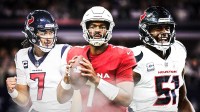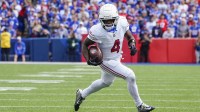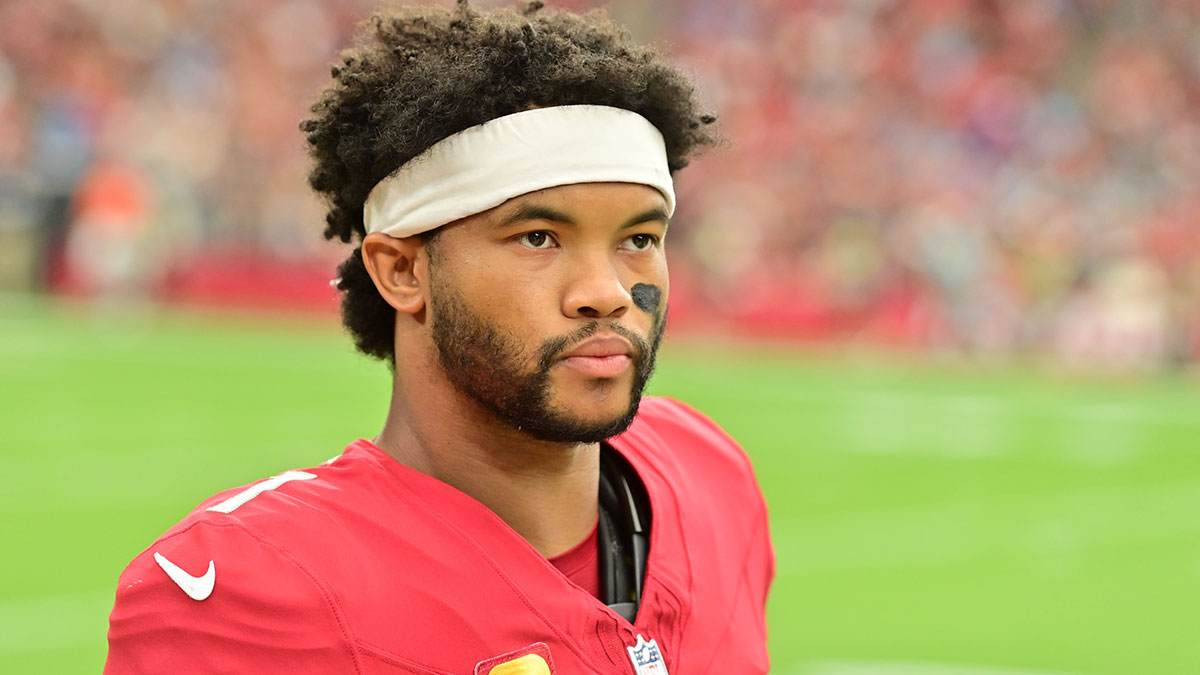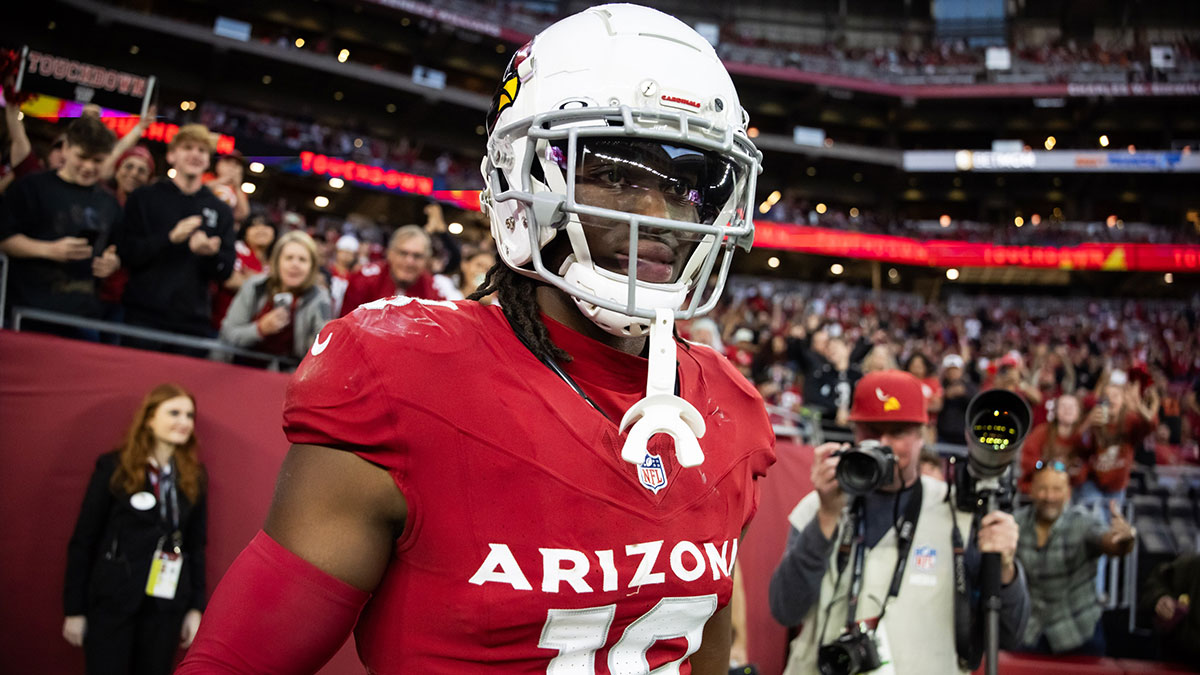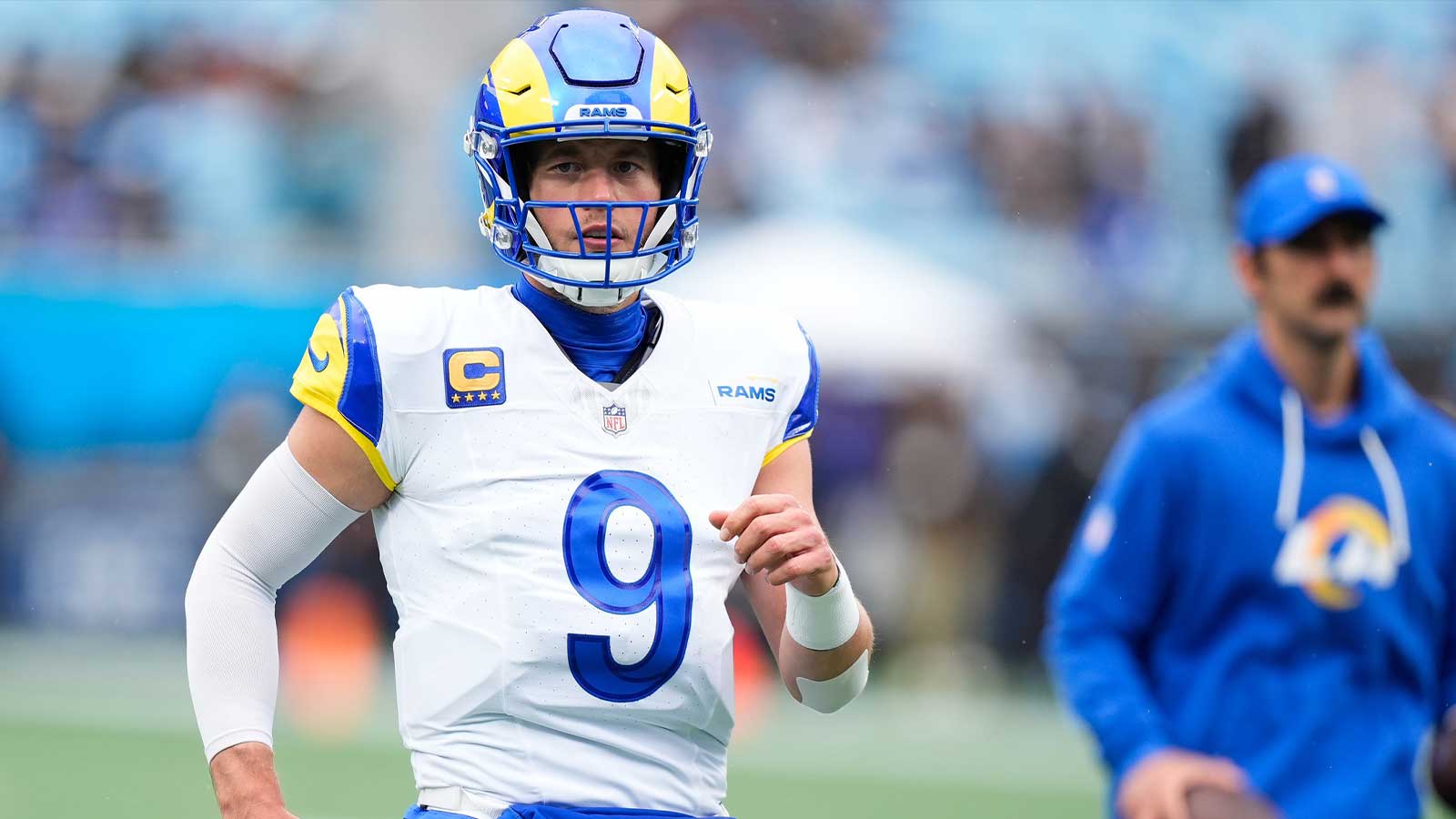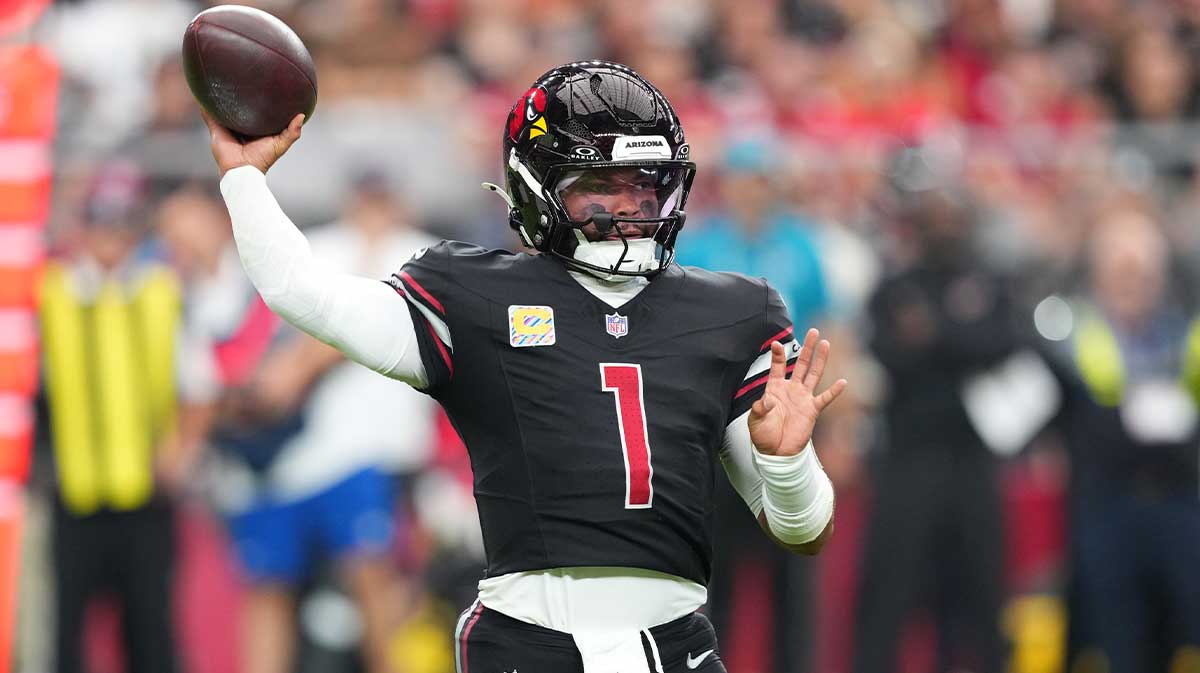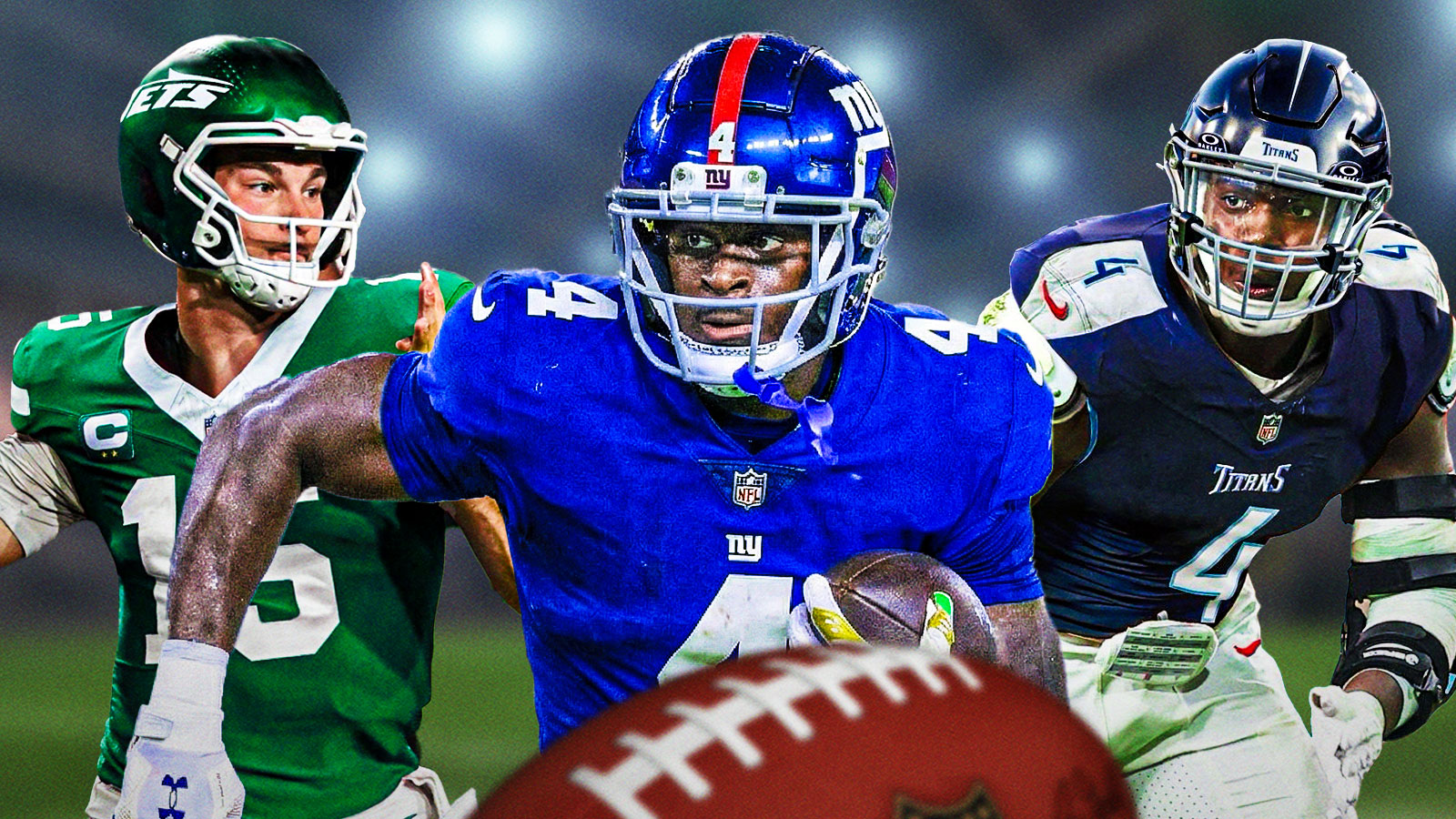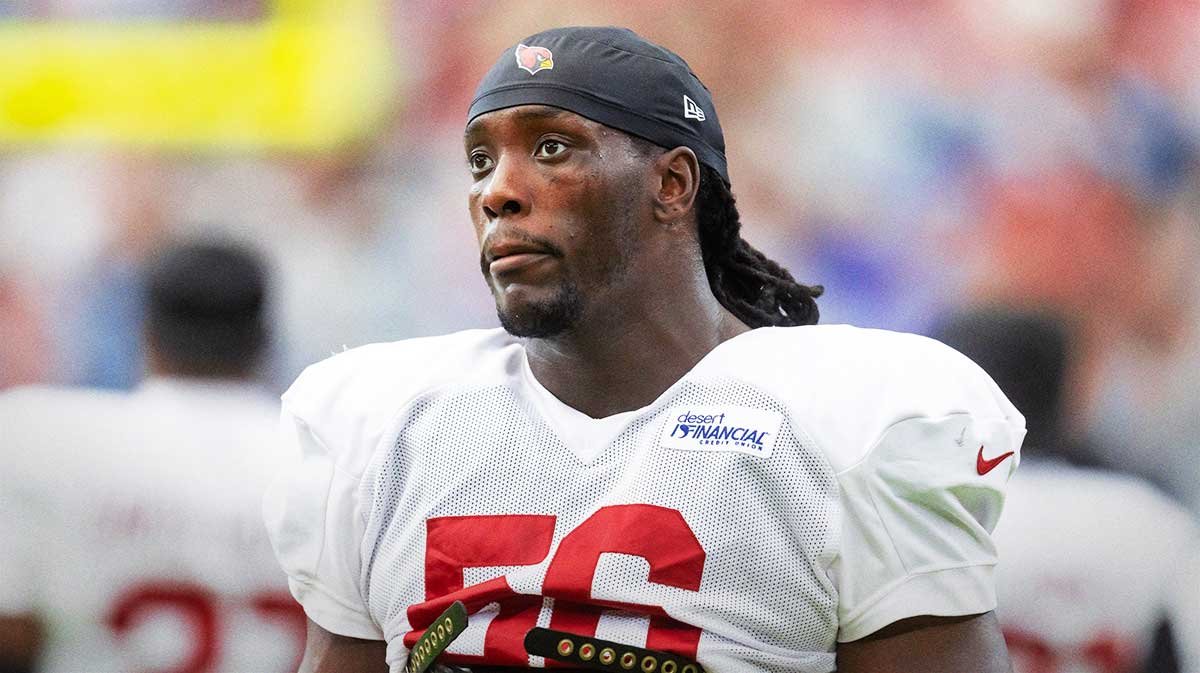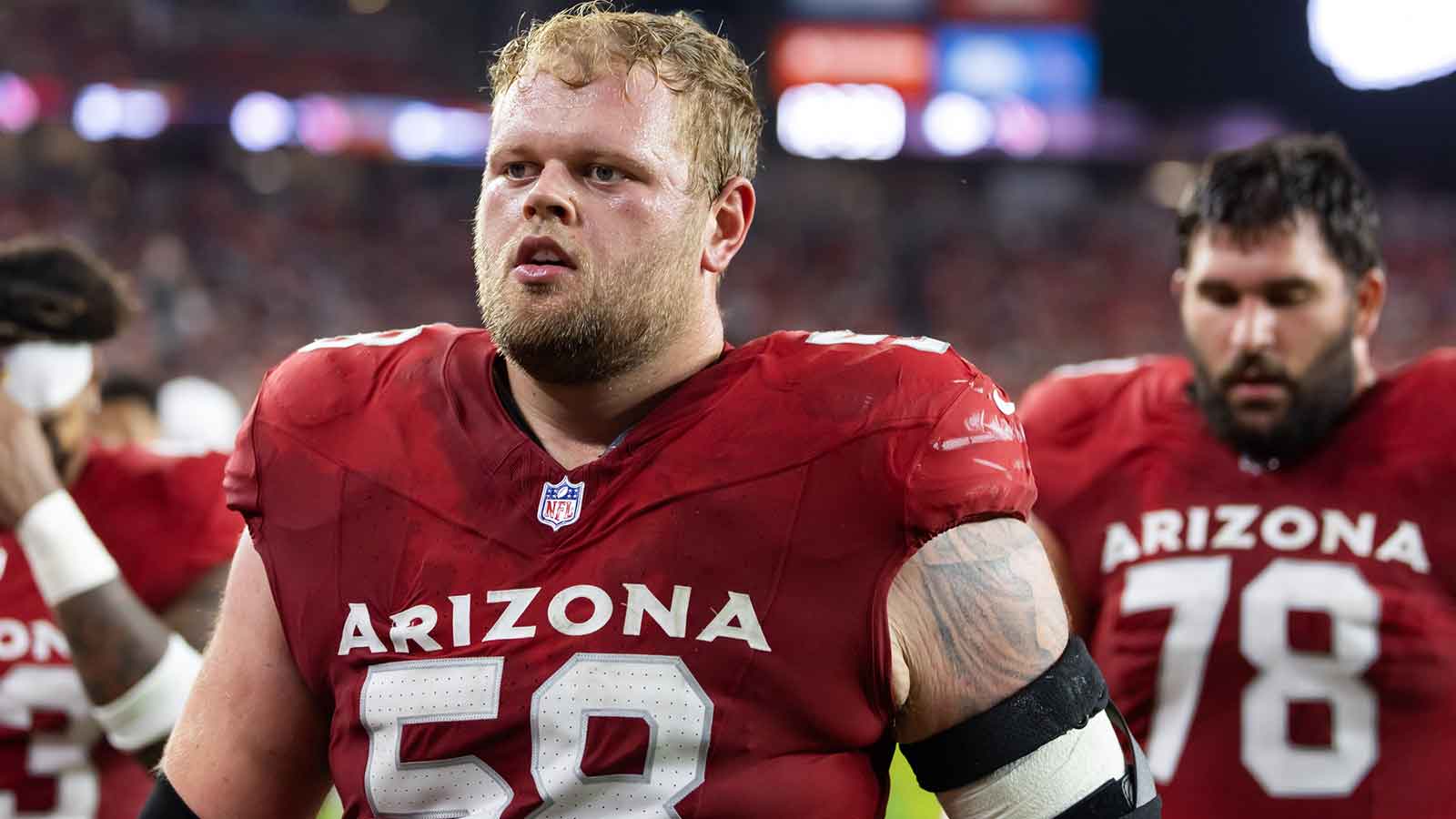The Arizona Cardinals made noise when they added defensive end J.J. Watt out of nowhere. Watt is not the game-wrecking defender he once was, but he should still be a positive for the team. Other notable additions include wide receiver A.J. Green and cornerback Malcolm Butler.
Green's production has dipped in recent years, while Butler had an underrated season with the Tennessee Titans, where he finished with 14 passes defended and four picks. Butler is a physical defensive back capable of making game-altering plays.
For the first time since 2010, Arizona will be playing without cornerback Patrick Peterson on the roster. Peterson was one of the best to do it at his position in this generation. At his peak, he had the size and athleticism to match up against different kinds of receivers.
As impressive as his production was, it is made even more so when you consider that he was tasked with covering the opposing team's best receiver. However, his play has been in decline, so it made sense for the front office not to bring him back.
Even though the team has Butler, they still need a high-level option playing opposite him. This is made more pressing because Arizona plays in the NFC West and has to face off twice against receivers like Tyler Lockett, DK Metcalf, Robert Woods, Cooper Kupp, Brandon Aiyuk, and Deebo Samuel. These players bring speed, physicality, and can scorch secondaries. The biggest need for the Cardinals is a high-quality cornerback.
Arizona also has corners Robert Alford and Byron Murphy Jr. The 32-year-old Alford last played in 2018 and is a wild card, while Murphy does his best work in the slot. The best way to address the need is through the draft. While there are several first-round talents at the position, Butler would probably be tasked with taking on the more difficult assignments, while their selection acclimates to the NFL game.
The Cardinals are picking 16th overall in the upcoming draft, which is high enough for them to get one of the higher-rated cornerback prospects. The top-three prospects at the position are Alabama's Patrick Surtain II, Jaycee Horn of South Carolina, and Virginia Tech's Caleb Farley.
Surtain is a great athlete and has ideal size at 6-foot-2, 203 pounds with ideal measurables. Despite being just 20 years old, he has refined technique and has sound fundamentals. While corners are tasked with stopping the pass, he is more than willing to do his role against run plays. The knocks on him have been his lack of quickness and a low number of interceptions.
Similarly, Horn is athletic with good length and regularly breaks up passes. He had strong testing numbers, which should solidify his spot in the draft. Horn has shown continuous improvement and effectively prevents his man from getting separation. Scheme fit is very essential to Horn as he is at his best playing man coverage and could use some work in the zone.
For much of the evaluation period, Farley was considered equal to Surtain. But because of Farley's back surgery and list of previous ailments, his stock has taken a hit. Nevertheless, he displays elite speed and ball-hawking skills, which may be a by-product of playing wide receiver before. The downside to this is he is quite raw.
The Cardinals would do well if they draft any of the three. Realistically, Surtain will be off the board by the time they pick, but how ironic would it be to replace Peterson with another Patrick?


